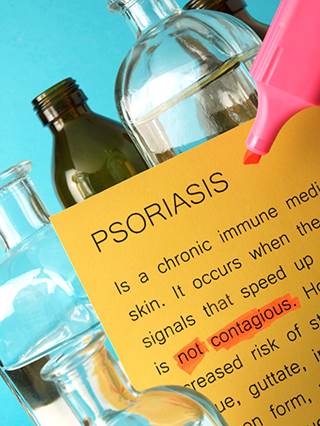
Women trying to get pregnant are often told, “Relax and it’ll happen.” It turns out that the common advice may actually have some merit, according to a new study that suggests stress is linked to fertility problems.
Women who had high levels of a biomarker for stress in their saliva took 29 percent longer to become pregnant, compared to those with lower levels, a study published Monday in the journal Human Reproduction found. And those with high levels of the stress indicator were also twice as likely as others to meet the clinical definition for infertility — having unprotected sex for 12 months without becoming pregnant —by the end of the study.
It’s a common tale: women get pregnant while on vacation, or women with infertility problems become pregnant after adopting, said the study’s lead author, Courtney Lynch, director of reproductive epidemiology at The Ohio State’s Wexner Medical Center. That’s not always a coincidence, she said.
The new study focused on 401 women ages 18 to 40 who had just decided to try to conceive. The women, who had no known fertility problems at the start of the study, were followed for 12 months, or until they became pregnant.
Saliva samples were collected from the women at the beginning of the study and analyzed for two stress biomarkers: cortisol and alpha-amylase, a digestive protein found in saliva. While levels of cortisol — the hormone most usually associated with stress — didn’t seem to be important, levels of alpha-amylase seemed to predict which women would have the easiest time getting pregnant.
In the big fertility picture, however, stress “is a minor issue,” compared to other factors that can affect it, such as blocked tubes, ovarian problems, smoking or age, Lynch said.
The point of the new research isn’t aimed at blaming the victim, she added. One-third to one-half of fertility issues are related to male factors. “Reducing stress won’t help if your husband has a low sperm count,” she said.
There is no current easy test to see who is is vulnerable to stressors, Lynch said, noting that’s a next step in the research. Infertility specialist Dr. Suleena Kansal Kalra, an assistant professor of obstetrics and gynecology at the University of Pennsylvania Health System, says the new research is interesting, but infertility is a complex problem.
“Women who are doing everything they can to get pregnant often are told by well-meaning people, ‘If you would just relax you would get pregnant.’ That can be very counterproductive.”
Still, women can try to control certain stress factors, perhaps even as soon as they decide they want to become pregnant, said Lynch. A solution can be as simple as making time to exercise 20 minutes to 30 minutes per day.
Abby David, 39, started trying to conceive a decade ago. At the time, she was teaching children with developmental disabilities from 7:30 a.m. until 6 p.m. each day and also trying to start a new school for children with autism. After a year of trying, David started therapy to stimulate her ovaries, to no avail. Only after her school finally opened, did she conceive — with triplets.
If she’d known link between stress and infertility, she might have scaled back, she said. “When you don’t know if you’ll ever have kids, you’re willing to do whatever it takes,” David said.
Some studies show complementary therapies such as acupuncture can help with stress and infertility, said Dr. Joseph Sanfilippo, vice chairman of reproductive sciences at the University of Pittsburgh School of Medicine.
The bottom line, Sanfilippo said, is there is a delicate balance in the system that controls a woman’s reproductive cycles. “The hypothalamic-pituitary-ovarian axis is the orchestra leader,” he explained. “It’s finely tuned. And stressors can affect it. Diet and exercise can help control stress. Beyond that, I say, look at the menstrual cycle if you are under a lot of stress. If it’s pretty regular, theoretically stress shouldn’t be affecting ovulation.”
Source: today








 Despite having a strong public sector programme to contain the disease, tuberculosis still remains a cause of concern for India, which has nearly a quarter of the global burden of TB, health experts said.
Despite having a strong public sector programme to contain the disease, tuberculosis still remains a cause of concern for India, which has nearly a quarter of the global burden of TB, health experts said.
